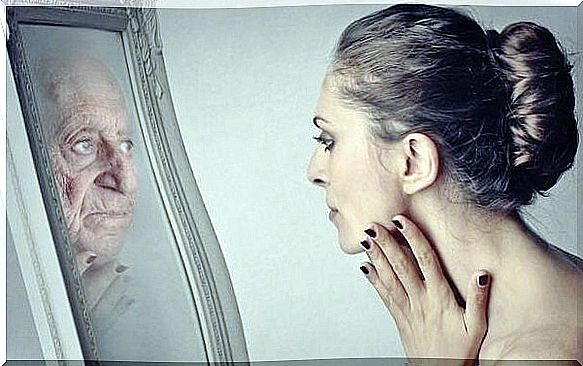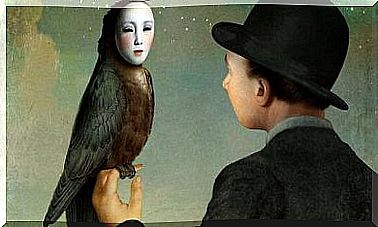Dorian Gray Syndrome

Dorian Gray Syndrome is a set of symptoms that is very typical of the present day. It consists of a resistance to aging and an extreme fear that the body will deform over the years. This type of resistance is considered a pathology as long as it generates a series of negative effects on behavior.
The name of this syndrome comes from the famous book ‘ The Portrait of Dorian Gray’ by Oscar Wilde. The novel tells the story of a man who wants to attain eternal youth. Circumstances are articulated so that it is a portrait of him, and not himself suffering the aging process.
Vanity and physical appearance are of excessive importance in today’s world. For this reason, Dorian Gray syndrome emerged as a manifestation of that cult of the body that is so present today. And from then on, this turned into a problem that approaches the limit of the pathology.
Description of Dorian Gray Syndrome
Dorian Gray syndrome was first mentioned in 2000 by psychiatrist Brosig B., who wrote a text that had exactly that name. He noticed an increase in the number of patients who arrived at his office in a state of near panic from aging.

The most serious is that those suffering from Dorian Gray syndrome sometimes even perform dangerous practices to prevent aging. Countless surgeries, overuse of Botox and similar procedures. It is known that when there is no control over this type of procedure, health is put at risk.
It is important to be aware that people who are victims of this syndrome not only want to stay looking young, but they also refuse to complete the process of emotional maturation. They want to go on living life as if they were 18 years old. Behaving, in fact, like teenagers.
Characteristics of those affected
There is still no standard regarding the profile presented by someone with Dorian Gray syndrome. However, Brosig B. managed to identify some characteristics that apparently represent this difficulty well.

These are the main patterns of behavior that someone with this syndrome presents:
- Dread of deformity. The technical name for this is dysmorphophobia.
- Total denial of the physical and emotional maturation process.
- Abuse of using procedures to change appearance.
- Taking medications to slow down aging processes or improve functions that are being lost.
- Anxiety Disorders.
- Personality disorders.
- Self-destructive behavior.
This type of person often lives between illusion and frustration. They idealize that a new treatment or procedure will give them back their youth. When they realize that there is still nothing that can make this fantasy a reality, they feel frustrated, but they see it as a failure of the procedure rather than their own perception.
A brief analysis of the syndrome
What usually exists behind the behavior of a person with Dorian Gray syndrome is someone who is frightened. The biggest fear is feeling rejected for not meeting the standards of beauty imposed around you. It assumes that the shape of your body or your face is a definite factor in your life project. Unfortunately, some of this makes sense. Superficiality means that, in many companies, professional acceptance or success also depends on these variables.

Although the system can propose any type of perverse pattern, it is up to each individual to respond in different ways to this attempt to impose it. Some will not allow themselves to be objectified. Others, on the other hand, such as those with Dorian Gray syndrome, passively surrender to these impositions. Why? Because these people have a narcissistic emptiness. They depreciate their own worth and give exaggerated power to social norms and standards.
Deep down, what exists is a rejection of oneself. You cannot accept what a person is or how he is. It does not recognize the power it has over itself, nor the autonomy inherent in every human being. These people assume they are helpless. They defend themselves from the world by denying themselves. They reassert themselves by forcing themselves to be what others want them to be. With that, anxiety is a constant companion for these people. It is a complex situation that needs therapy to be overcome.









